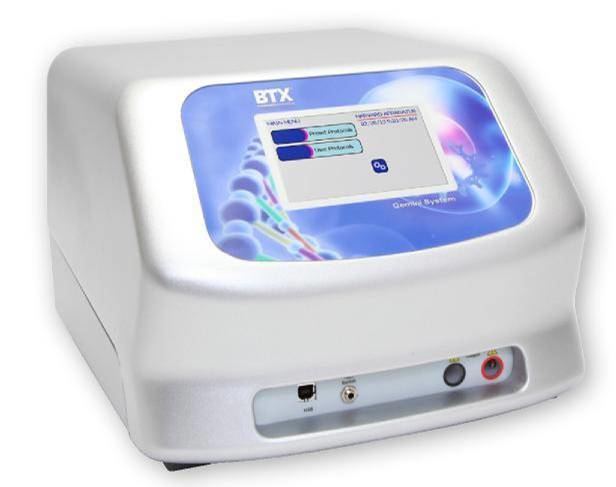 | ||
Gene delivery is the process of introducing foreign DNA into host cells. Gene delivery is, for example, one of the steps necessary for gene therapy and has applications in the genetic modification of crops. There are many different methods of gene delivery developed for a various types of cells and tissues, from bacterial to mammalian.
Contents
For gene delivery to be successful, foreign DNA must survive long enough in the host cell to integrate into its genome. This requires foreign DNA to be synthesized as part of a vector, which is designed to enter the desired host cell and deliver this transgene to that cell's genome. Vectors utilized as the method for gene delivery can be divided into two categories, non-viral and viral.
In eukaryotes, if the transgene is incorporated with the host's sex chromosome, the resulting host cell can pass the transgene to its progeny. If the transgene is incorporated into any other chromosome, the transgene will die with its host cell.
Non-Viral
Non-viral methods include physical methods such as electroporation, microinjection, gene gun, impalefection, hydrostatic pressure, continuous infusion, and sonication and chemical, such as lipofection. It can also include the use of polymeric gene carriers (polyplexes).
Viral
Virus mediated gene delivery utilizes the ability of a virus to inject its DNA inside a host cell. Transduction is the process through which DNA is injected into the host cell and inserted into its genome. In gene therapy a gene that is intended for delivery is packaged into a replication-deficient viral particle to form a viral vector. Viruses used for gene therapy to date include retrovirus, adenovirus, adeno-associated virus and herpes simplex virus. However, there are drawbacks to using viruses to deliver genes into cells. Viruses can only deliver very small pieces of DNA into the cells, it is labor-intensive and there are risks of random insertion sites, cytophathic effects and mutagenesis.
Gene Therapy
Several of the methods used to facilitate gene delivery in nature and research have applications for therapeutic purposes. Gene therapy utilizes gene delivery to deliver genetic material with the goal of treating a disease or condition in the cell. Gene delivery in therapeutic settings utilizes non-immunogenic vectors capable of cell specificity that can deliver an adequate amount of transgene expression to cause the desired effect.
